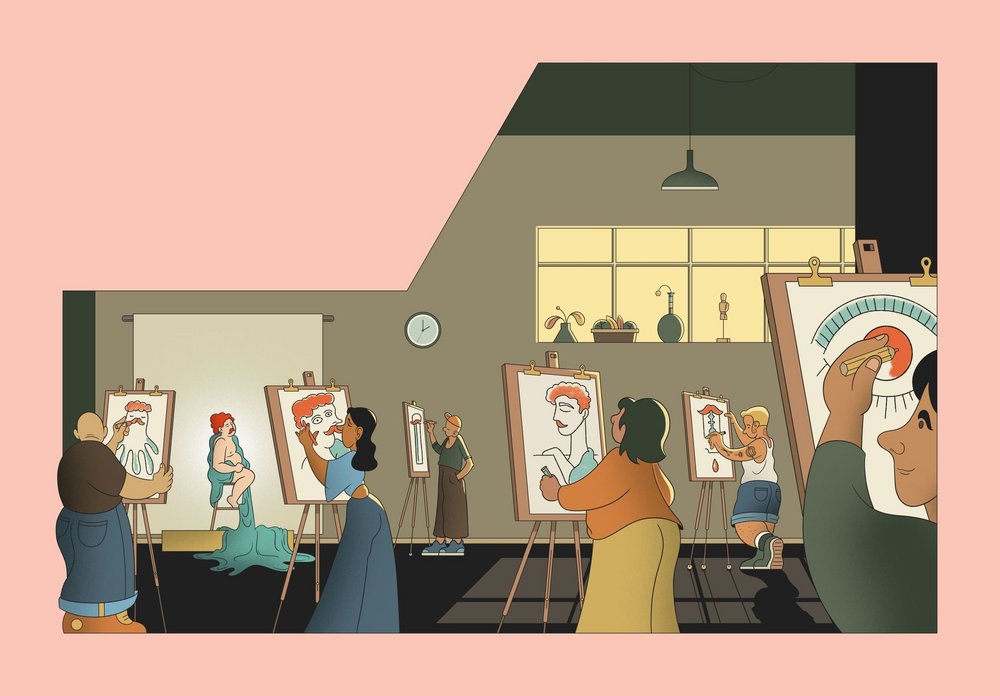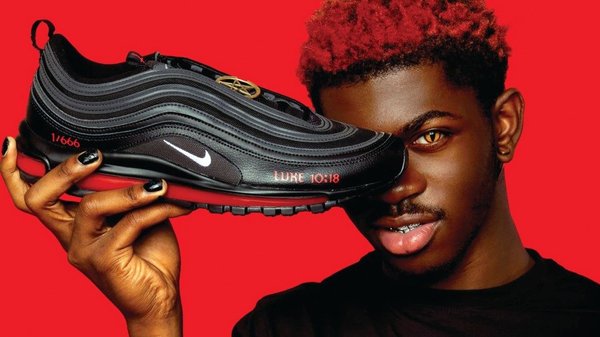Daniel Kahneman & Olivier Sibony on human judgement’s hidden flaw /
Wherever there is judgement, there is noise – and probably a lot more of it than you would think. Nobel-Prize winner Daniel Kahneman and Professor Olivier Sibony discuss the unwanted variability that plagues every decision-making organisation and institution

Daniel Kahneman is the preeminent authority on decision-making. His work identifying the heuristics we employ in the face of uncertainty laid the foundations upon which behavioural economics was built, and his million-selling book, Thinking, Fast and Slow, changed how people think about how people think.
No one has done more to unearth the foibles of human thought processes than Kahneman, and after almost half a century the Nobel-Prize winner is still going. Kahneman’s latest book, which he wrote with professors Olivier Sibony and Cass Sunstein (co-author of Nudge), lifts the lid on a collective delusion that plagues even our most trusted institutions and organisations.
Noise: A Flaw in Human Judgment describes the problem of unwanted variability in decision-making, ie, ‘noise’. Every day, doctors, judges, forensic scientists and other highly trained professionals make decisions that we assume are based on reason and experience. And yet, the scale of disagreement between members of the same profession when asked to assess the same problem – and even when the same person assesses the same problem at different times – is shown in this book to be scandalously high.
Contagious spoke with Kahneman and Sibony to learn more about an endemic problem in human decision-making that has been left largely unexplored until now, and to find out how you can ensure that your decisions are not overcome by noise.
What alerted you to the problem of noise?
Daniel Kahneman: I was doing some consulting with a large insurance company, and I had the idea of running an exercise where a large number of underwriters with the same highly realistic cases set dollar values on them. I also asked the executives what their expectations were about the exercise, and I asked them a specific question, which was: ‘Suppose you take two underwriters at random, by how much do you expect them to differ?’ People in general expect – and certainly those executives expected – about 10%. But the average difference between two randomly selected underwriters was about 50%, five times larger than expected. And what made that observation really interesting was that it was a complete surprise to the executives of the company. They did not know they had such a problem. And if you think about it, when you have that level of difference, you may not need underwriters at all. So it was really that combination of a great deal of noise and a problem that is unrecognised that we thought made it worth writing [about].
Daniel Kahneman
How big of a problem is noise?
Olivier Sibony: Well, it depends where you look. The general theme is, wherever you look, you are going to find noise and you’re going to find more of it than you expect. In
Wish you could read this? /
Become a member and you'll not just read this article but discover thousands more world-class campaigns, deep dives on brands and cutting-edge trends.
Membership includes open access to Contagious IQ, our intelligence platform that deconstructs the most creative, effective and innovative marketing ideas from around the globe, as well as exclusive briefings, webinars and training courses.
Already have an account?Sign in
Want more of the same? /
We don’t just write about best-in-class campaigns, interviews and trends. Our Members also receive access to briefings, online training, webinars, live events and much more.





